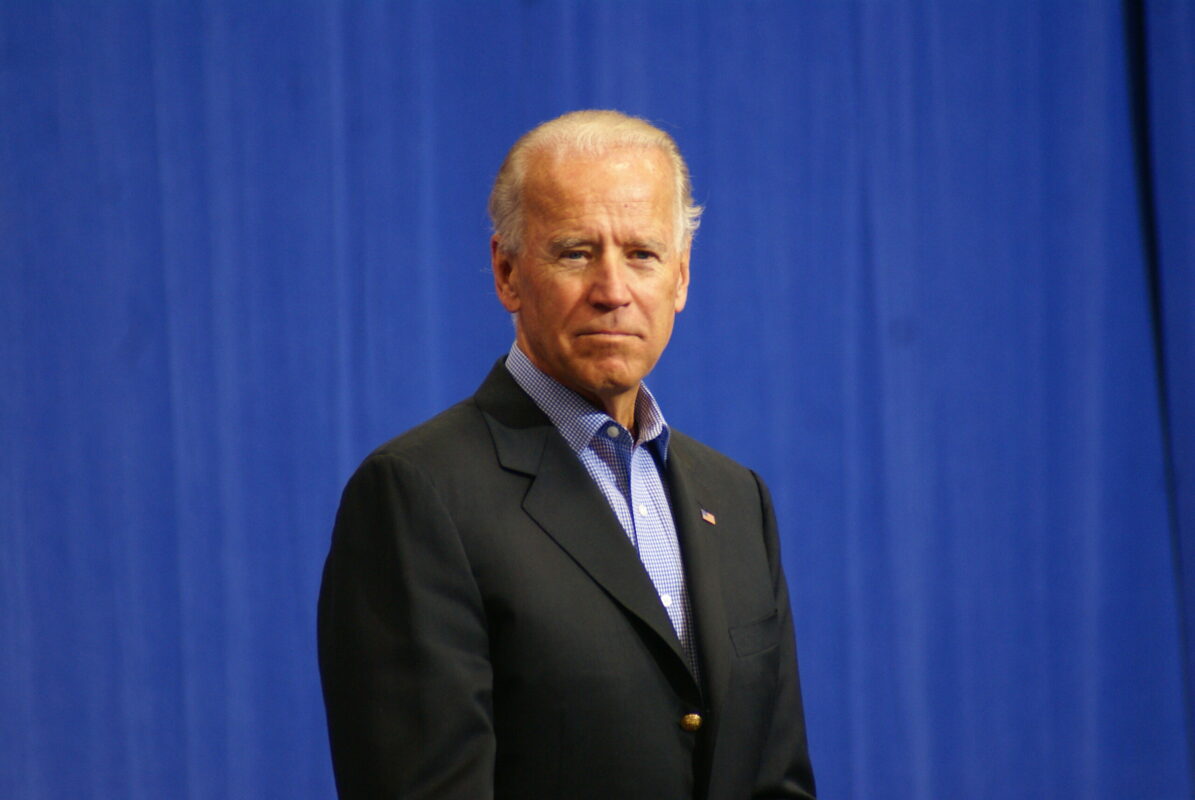The Biden administration is on the verge of achieving another important victory for America’s economy in a bipartisan infrastructure investment measure.
If it passes, this action will come just three months after the wildly popular stimulus package of this spring that jumpstarted America’s economy. The infrastructure package would represent an important step in rewiring the engine of America’s economy to make it more competitive in the world.
Two things the Biden administration should do next:
1. Take the story of America’s national economic revival to the American public.
As John Halpin reminded us earlier this spring, the Biden administration needs to remember the lesson from the 2009 stimulus passed by the Obama administration: the administration should talk directly to the American people about the big things it has done to make their lives better. This summer is a key moment to set the framework for the national discussion just a year before mid-term elections.
The Biden administration already has the basic ingredients of a new narrative of positive economic nationalism, with two recent speeches by administration officials offering some of those ingredients.
Brian Deese, National Economic Council director, spoke earlier this week at the Atlantic Council on a 21st century national industrial strategy that includes stepped up supply chain security efforts, public investments in infrastructure and technology, and a new way of advancing public-private partnerships to create jobs and growth. In a separate speech at a union townhall earlier this month, U.S. Trade Representative Katherine Tai highlighted the “worker-centered” trade policy the Biden administration is pursuing.
These speeches are a step in the right direction, but the administration needs to get the message out more broadly to the country and put President Biden himself out there to reinforce the strong case for what his administration has done on the pandemic and economic fronts in his first five months in office.
The message also needs to be sharpened to punch through to wider audiences. President Donald Trump’s economic nationalism was negative and piercing. Trump argued that foreigners were taking advantage of America, and he offered a “gated community” mindset that intentionally used chaos to knock rivals and partners off balance in an effort to gain leverage. It didn’t work.
Biden has a much stronger case to make on the economic front, and the more effective response to the pandemic has helped a lot. But his team hasn’t yet advanced a clear message that resonates with Americans and instead has presented deep, substantive policy nuggets to mostly elite audiences.
2. Focus President Biden’s next foreign policy speech on the economy and America’s position in the world.
President Biden’s meeting with Russia’s President Vladimir Putin earlier this month captured a lot of headlines and it won’t be clear for a while what that meeting accomplished.
But the Biden team took some important steps on the economic front on that trip to Europe – including ending a trade dispute with European partners, the longest and most costly in the history of the World Trade Organization, a fact that the Biden administration has barely touted. It continues to take some important steps in developing a new approach to trade and working with other countries to negotiate tax and regulatory policies that can help spark even more growth and competition.
Take the G-7 communique issued at the end of the summit this month. It is 25 pages and contains a lot of detailed ideas – some specific, some vague – for a “build back better” approach coordinated among key partners. The most useful elements need to be translated into action and communicated to the American public.
No doubt, America is facing a lot of important traditional national security questions this summer on key fronts in the Middle East and places like Afghanistan and Syria. Some of these issues have risk. But most Americans aren’t as interested in places like Yemen and Libya. Biden’s major foreign policy speeches thus far have tended to focus on issues that aren’t a priority for most Americans, who are looking for a new set of arguments about why America is engaged in the world and why that matters to their lives.
The Biden administration has a slogan and an idea on a “foreign policy for the middle class,” but it as yet hasn’t outlined what that precisely means. That may not even be the right framework. To some ears, that slogan sounds like empty repositioning by global elites who understand they’ve been out of touch with millions of Americans but don’t know how to communicate in a way that builds a bridge back to ordinary Americans.
That’s why President Biden should dedicate some time this summer to connect the dots between his domestic economic moves and the global landscape and explain that America is building a new team in the world to compete more effectively with China and is making the necessary investments at home and in our relationships overseas to give American workers an edge and make Americans safer.
Many voters reside outside of the ideological confines of the two parties and are looking for a different direction, as John Halpin and Ruy Teixeira recently argued, and there’s an electoral goldmine in an agenda that combines a more positive economic nationalism with cultural moderation.
One important element of a new strategic narrative on America’s economic revival is spelling out a tighter connection between the steps being taken at home and the moves it is making in the world to the American public. Biden and his team should make more time to do that this summer.
